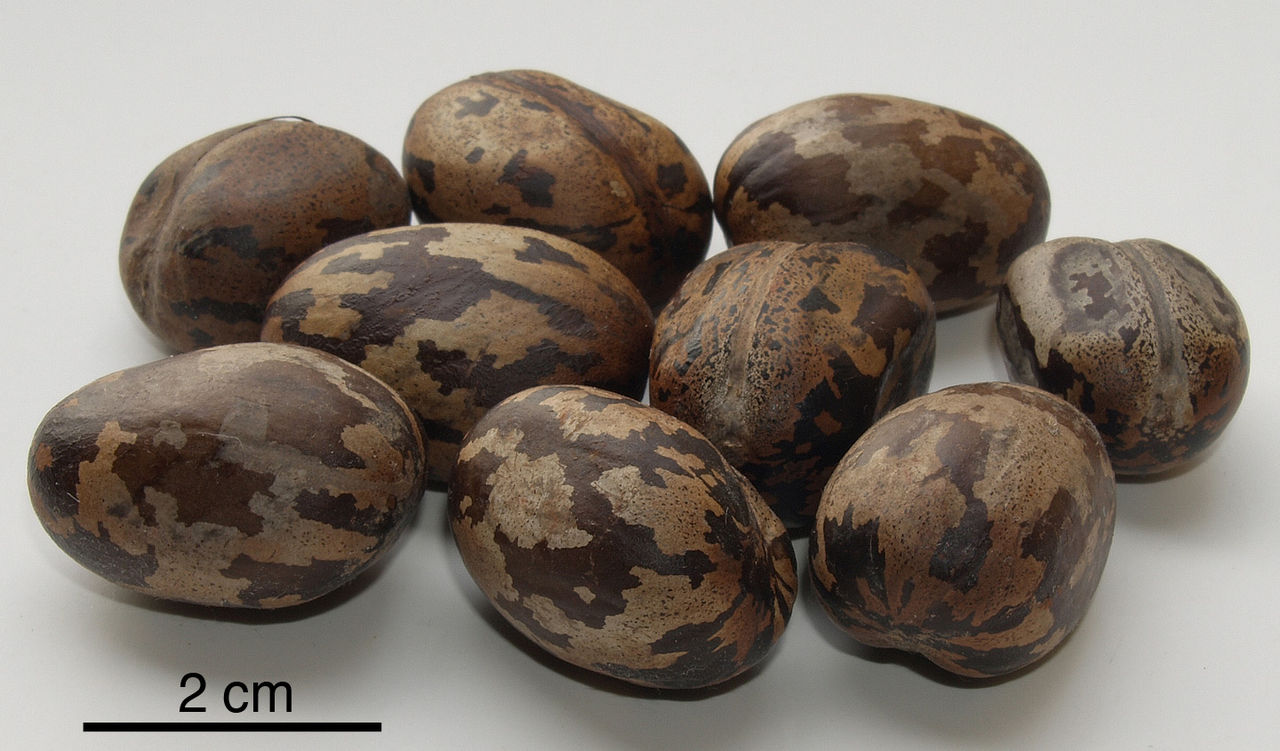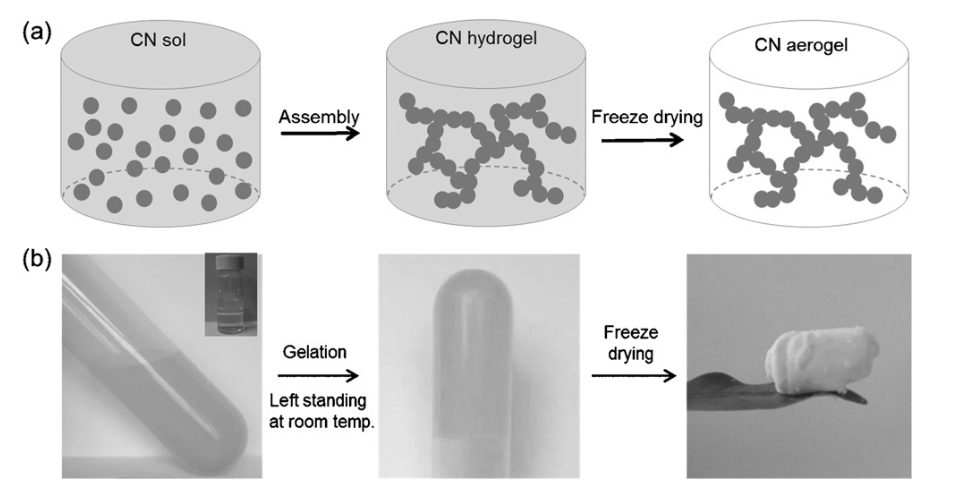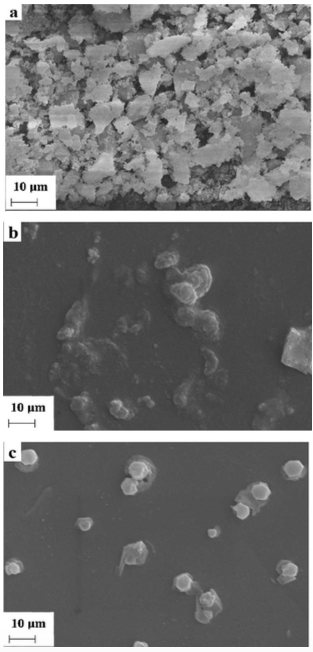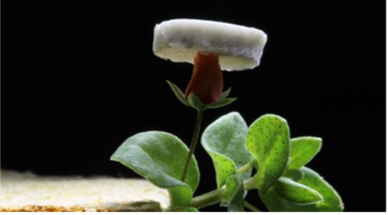Supercapacitors are generally viewed as promising energy storage alternatives for future mobile applications, due to their immense energy and power density. Researchers from the Jiangsu University (China) have now been able to greatly improve electrochemical characteristics of graphene/polyaniline aerogels, which are considered a promising material for super capacitor electrodes, by doping them with nitrogen.
The resulting 3D nitrogen-graphene/polyaniline (N-GE/PANI) foams exhibited a rough and wrinkled surface area on which the PANI spheres were incorporated (see Figure).
Furthermore, it was found that the combination of N-GE and PANI resulted in superior specific capacitance, when compared to the individual materials. This finding was ascribed to the synergetic effect of combining a conductive polymer ensuring a large pseudocapacitance of the electrode and a highly porous nitrogen-doped carbon matrix which provides a high conductivity and rigidity. Another line of experiment, analyzing the cycling stability of the novel electrode material found that after 5000 cycles the specific capacitance of the electrode was largely retained (95.9 %), indicating the suitability of the foam composite for long-term operation.
Given these promising results, the authors conclude that the extraordinary characteristics of the synthesized electrode make it an auspicious candidate for applications in supercapacitors.
More details: Jun Zhu, Lirong Kong, Xiaoping Shen, Quanrun Chen, Zhenyuan Ji, Jiheng Wang, Keqiang Xu, Guoxing Zhu; Three-dimensional N-doped graphene/polyaniline composite foam for high performance supercapacitors, Applied Surface Science Volume 428, 15 January 2018, Pages 348-355. https://doi.org/10.1016/j.apsusc.2017.09.148

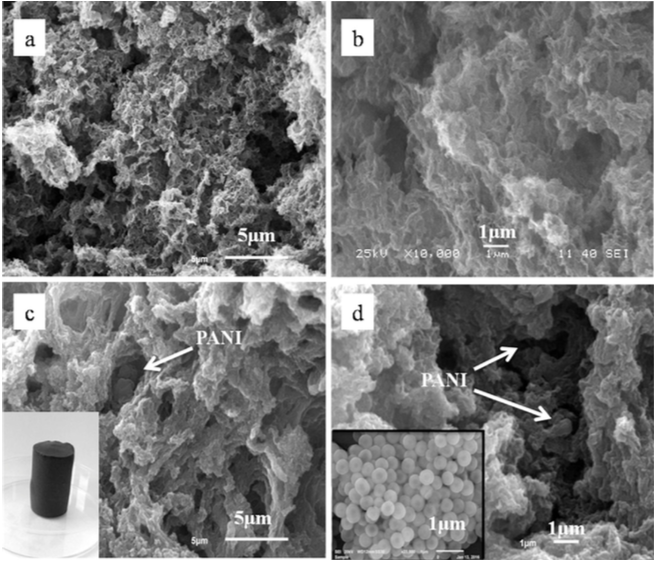
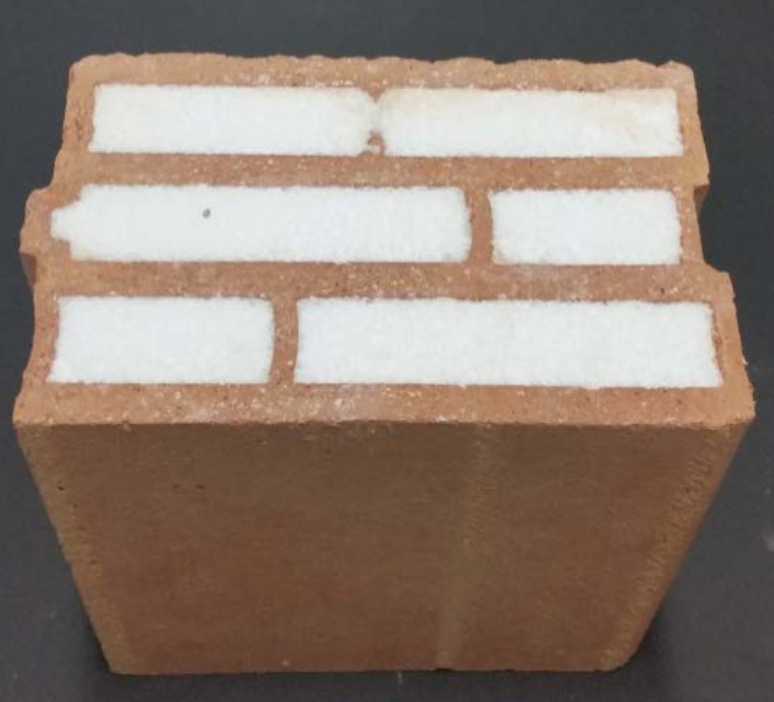 Image of “Aerobrick” — Insulating brick with silica aerogel granule filling.
Image of “Aerobrick” — Insulating brick with silica aerogel granule filling.